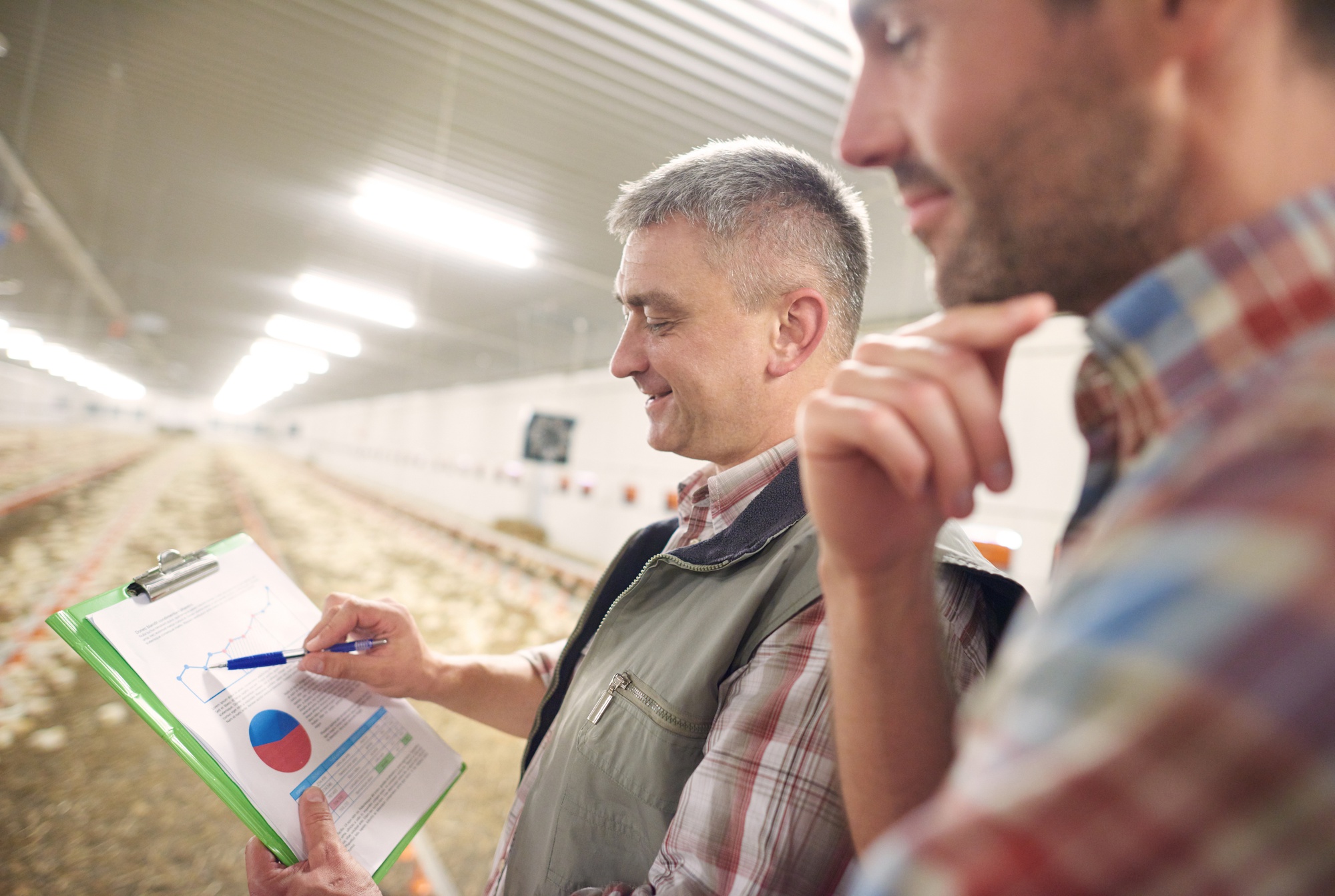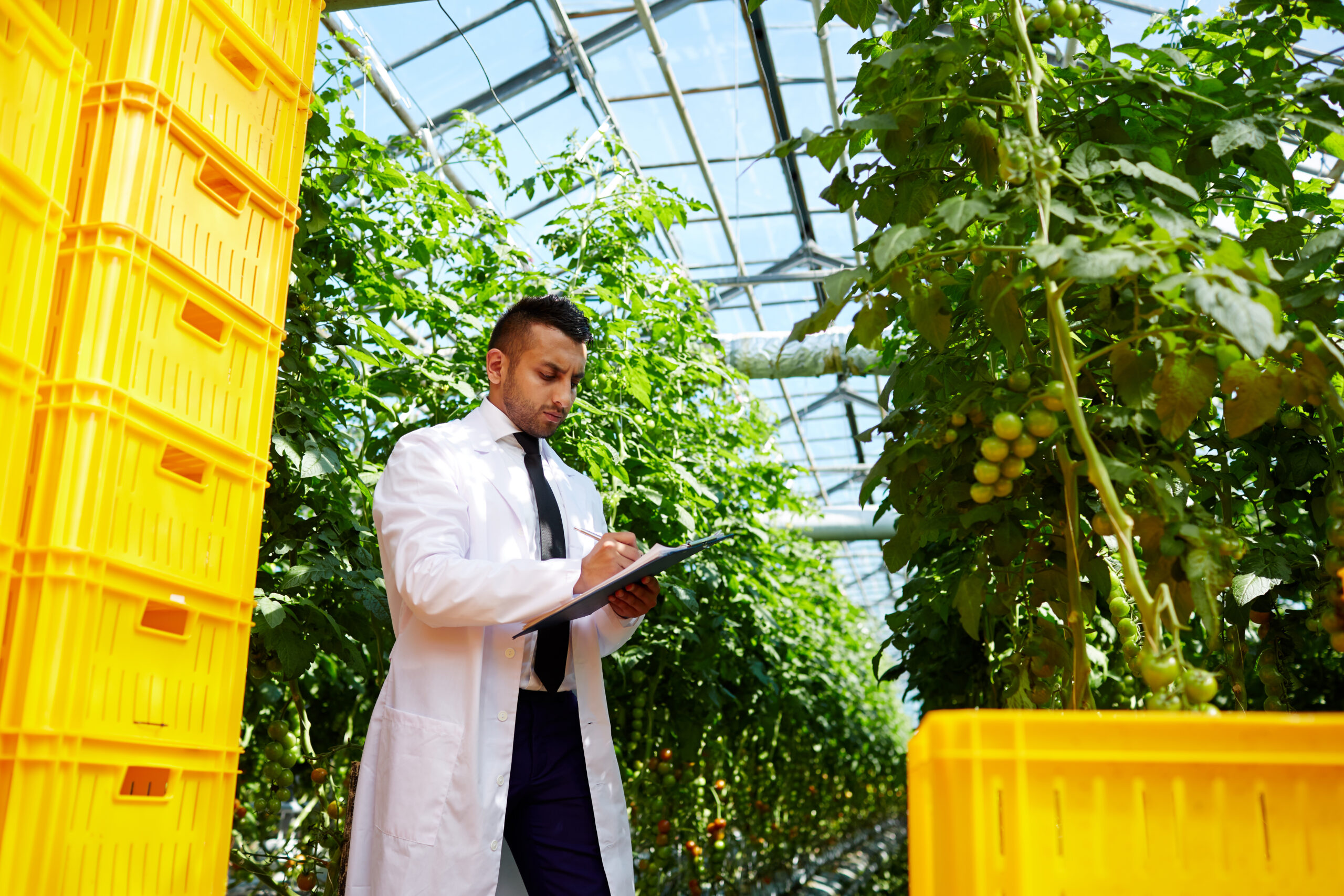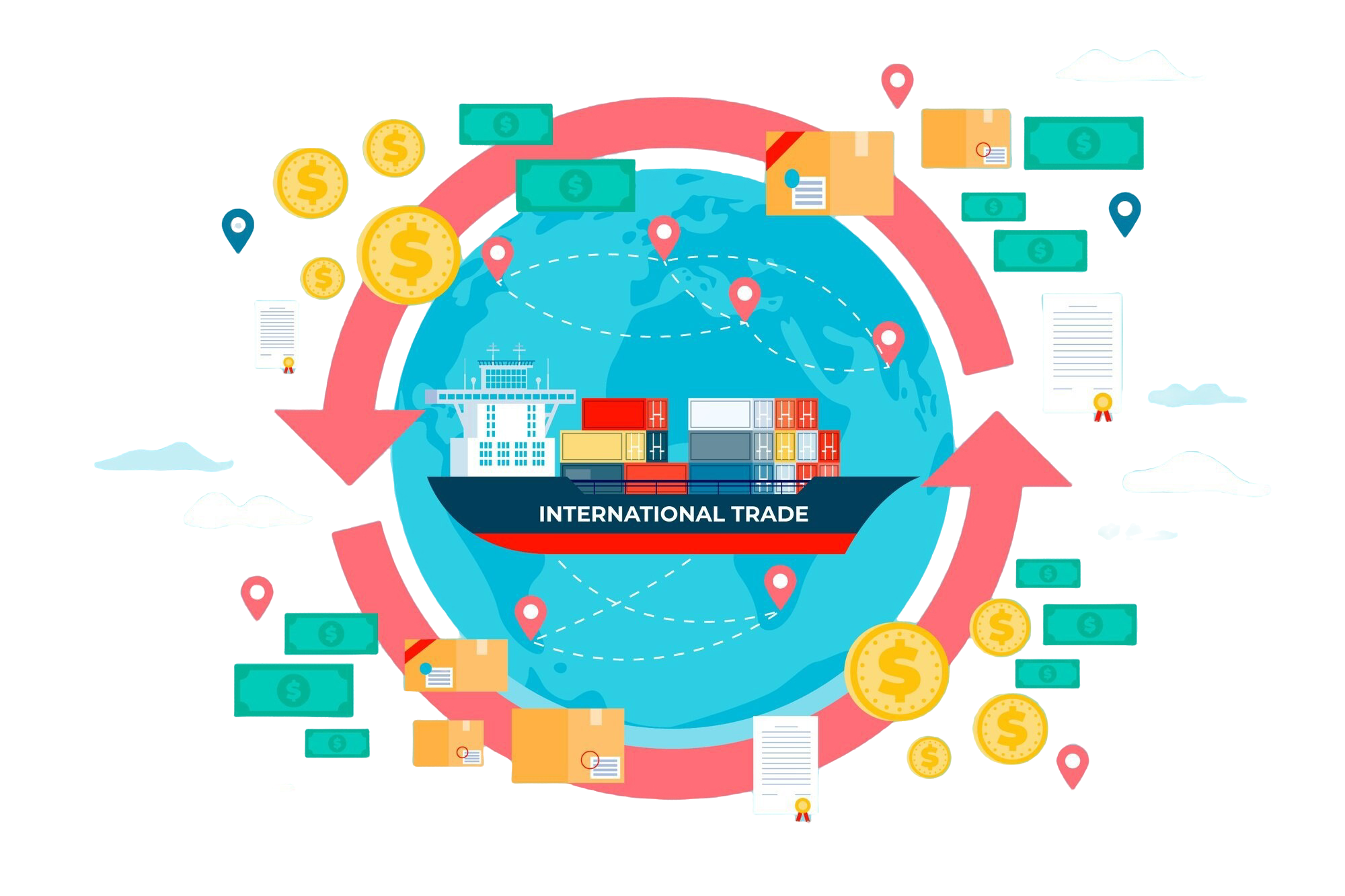Ensuring Quality in Agricultural Exports: A Comprehensive Guide
I. Introduction
- A. Importance of Quality in Agricultural Exports
The quality of agricultural exports is vital for maintaining consumer trust, complying with international standards, and sustaining business growth. High-quality products lead to repeat customers and competitive advantages in global markets. - B. Overview of Quality Assurance in the Supply Chain
Quality assurance (QA) in agricultural exports ensures products meet or exceed required standards from farm to consumer. QA includes everything from farming practices to packaging, transportation, and final delivery.
II. Quality Standards in Agricultural Exports
- A. International Standards
International bodies like the FAO (Food and Agriculture Organization) and WTO set global standards for agricultural exports, ensuring that products meet hygiene, safety, and environmental criteria. - B. Market-Specific Requirements
Different countries and regions have unique import regulations. These include specific quality checks, certifications, and compliance with food safety standards tailored to each market’s preferences. - C. Voluntary Standards and Certifications
Certifications like Fair Trade, Organic, and Global GAP are voluntary but can enhance marketability by showcasing a commitment to sustainable and ethical practices.
III. Quality Assurance in the Field
- A. Soil and Water Management
Proper soil and water management are fundamental for growing high-quality crops. Practices like crop rotation and efficient irrigation systems ensure optimal plant health and yield. - B. Integrated Pest Management
By using eco-friendly methods like biological pest control, farmers can manage pests without compromising the environment or product quality. - C. Good Agricultural Practices (GAP)
GAP protocols are essential for ensuring that crops are grown under safe and sustainable conditions, minimizing pesticide use and environmental impact.
IV. Post-Harvest Quality Management
- A. Harvesting Techniques
Proper harvesting techniques are critical to avoid damaging the crops and ensuring that the produce remains fresh and safe for export. - B. Sorting and Grading
After harvesting, products undergo sorting and grading to remove defects and ensure uniformity, meeting export quality specifications. - C. Storage and Temperature Control
Maintaining optimal storage conditions is crucial for preserving the freshness and quality of agricultural exports, especially for perishable goods.
V. Processing and Packaging Quality Control
- A. Hygiene and Food Safety Measures
Strict hygiene protocols must be followed during processing to prevent contamination. This includes sanitation of processing areas and equipment. - B. Quality Checks During Processing
Ongoing inspections ensure that products meet all quality parameters, such as size, ripeness, and taste, during the processing stage. - C. Packaging Materials and Methods
The use of appropriate packaging materials protects products during transport and extends shelf life. Packaging should also comply with market-specific standards and regulations.
VI. Transportation and Logistics Quality Assurance
- A. Cold Chain Management
For perishable goods like fruits and vegetables, maintaining a cold chain during transportation is crucial to prevent spoilage and retain product quality. - B. Handling and Storage During Transit
Proper handling techniques during transit ensure that goods are not damaged. This includes careful loading, unloading, and storage in temperature-controlled environments. - C. Quality Preservation Techniques
Techniques like modified atmosphere packaging (MAP) and refrigeration help preserve the freshness and nutritional value of agricultural exports.
VII. Quality Documentation and Traceability
- A. Record-Keeping Systems
Accurate record-keeping systems track every step of the supply chain, from farm to consumer, ensuring traceability and accountability. - B. Traceability from Farm to Consumer
Implementing traceability systems allows for the tracking of products at every stage, providing transparency and confidence for both consumers and regulators. - C. Use of Technology in Quality Assurance
Technological advancements like RFID and blockchain can streamline the traceability process, ensuring real-time monitoring of products and improving overall quality control.
VIII. Continuous Improvement in Quality Management
- A. Quality Audits and Assessments
Regular quality audits help identify areas for improvement, ensuring continuous product enhancement and adherence to international standards. - B. Staff Training and Development
Ongoing staff training is essential for ensuring everyone involved in the supply chain understands and follows quality standards, from farmers to packers and logistics teams. - C. Implementing Feedback and Corrective Actions
Customer feedback and internal assessments are used to implement corrective actions, preventing issues from recurring and improving product quality over time.
IX. Conclusion: The Competitive Advantage of Quality Assurance
In today’s global marketplace, ensuring the highest quality in agricultural exports is not just a requirement; it’s a competitive advantage. Businesses that prioritize quality assurance can differentiate themselves in crowded markets, build consumer trust, and foster long-term growth. Quality assurance is an ongoing process that pays dividends in consumer satisfaction, market share, and brand reputation.


